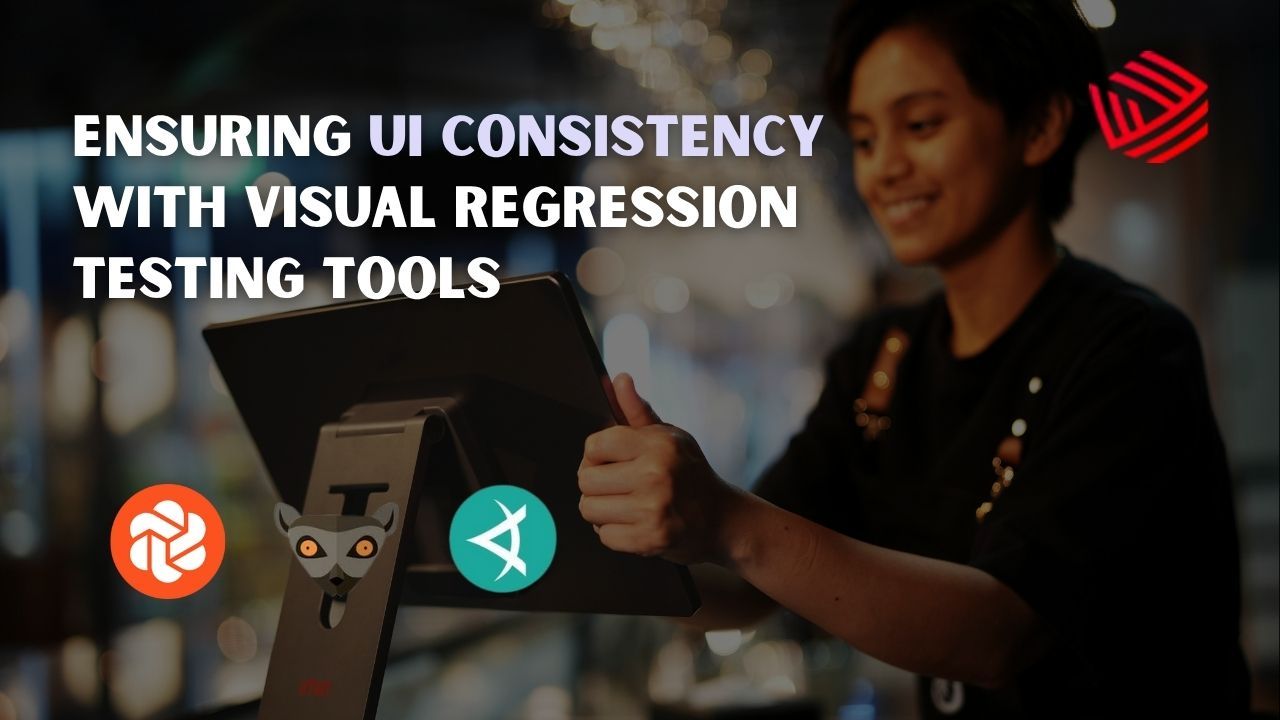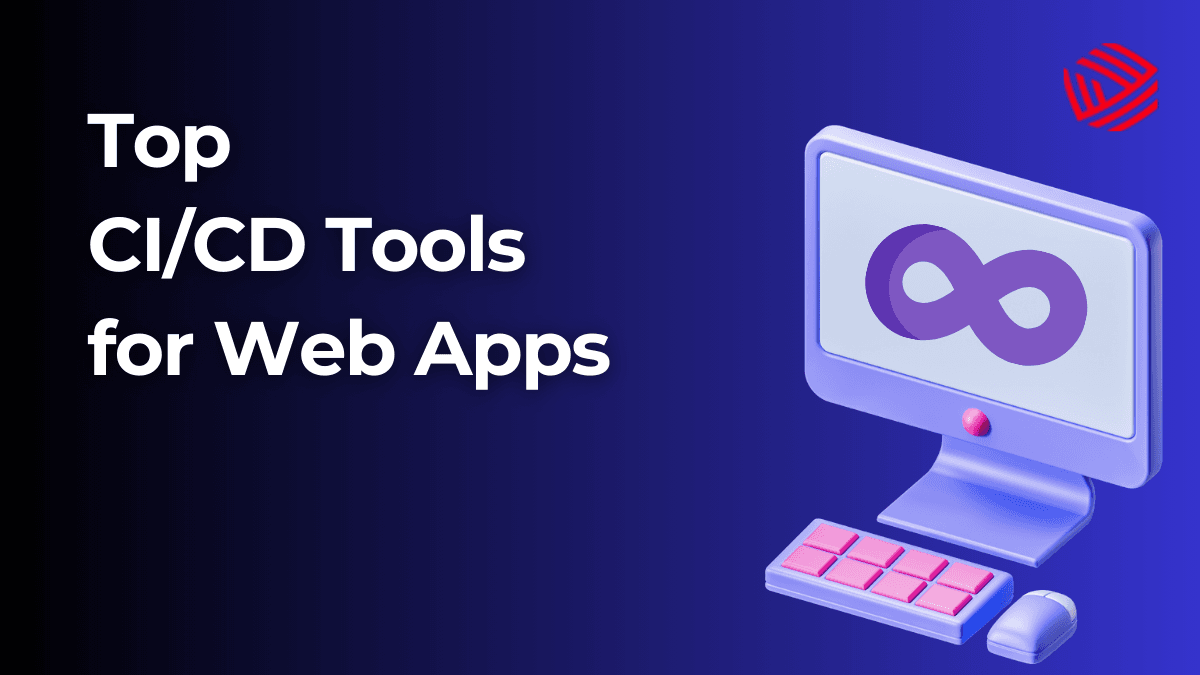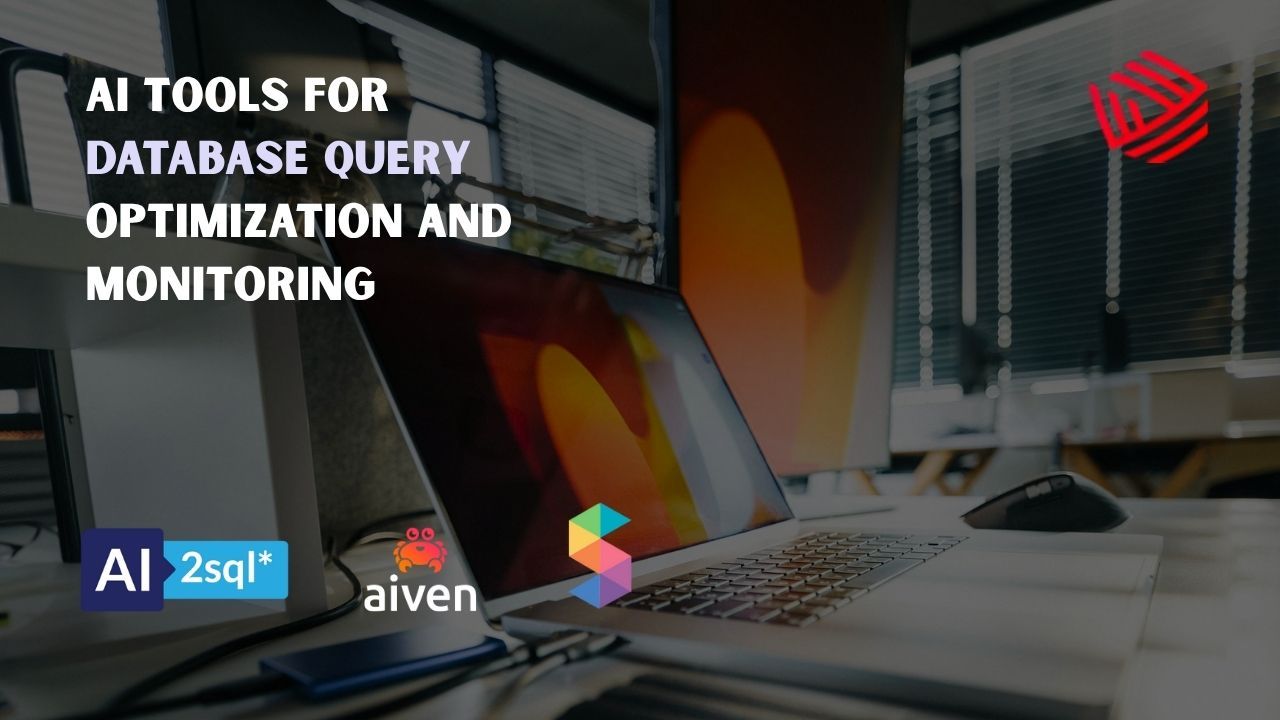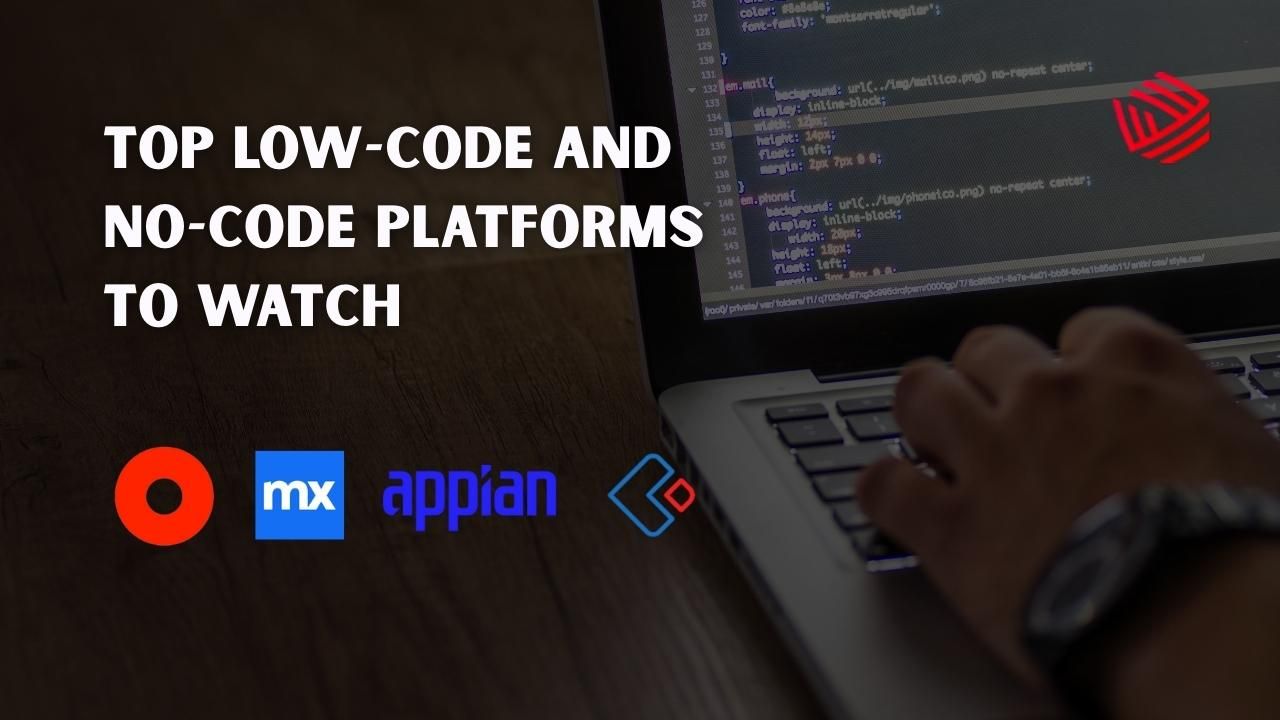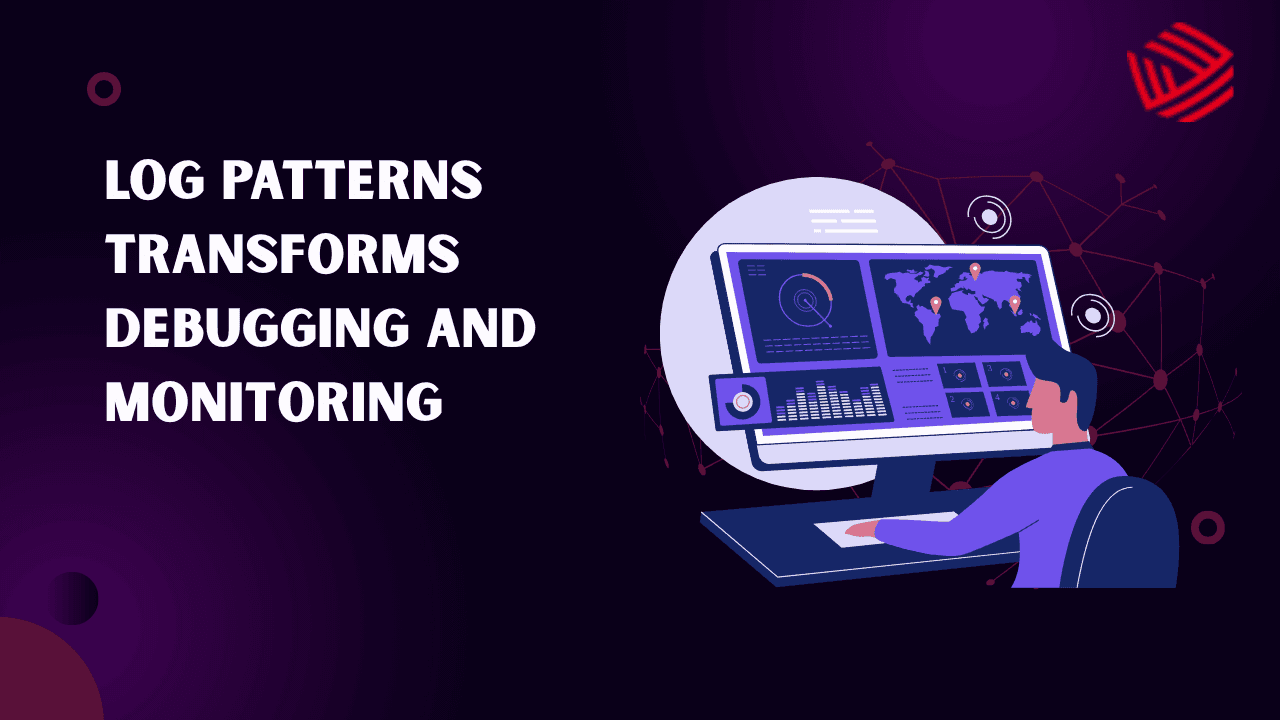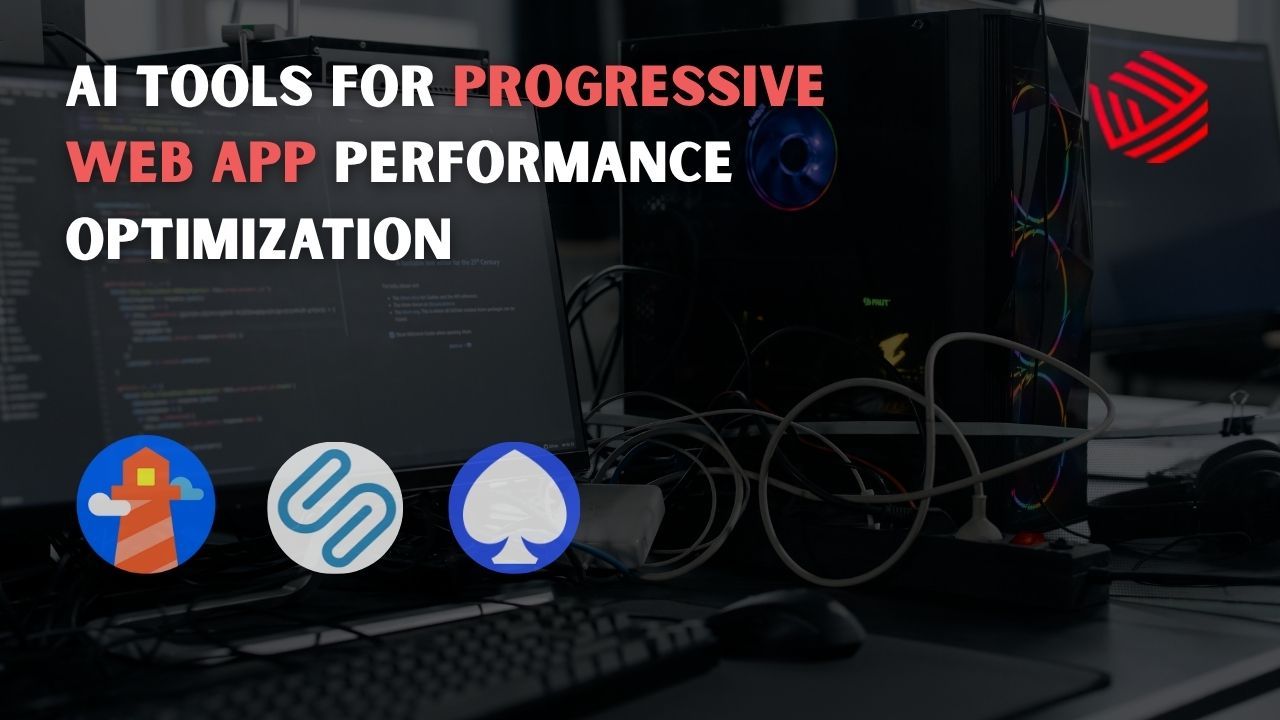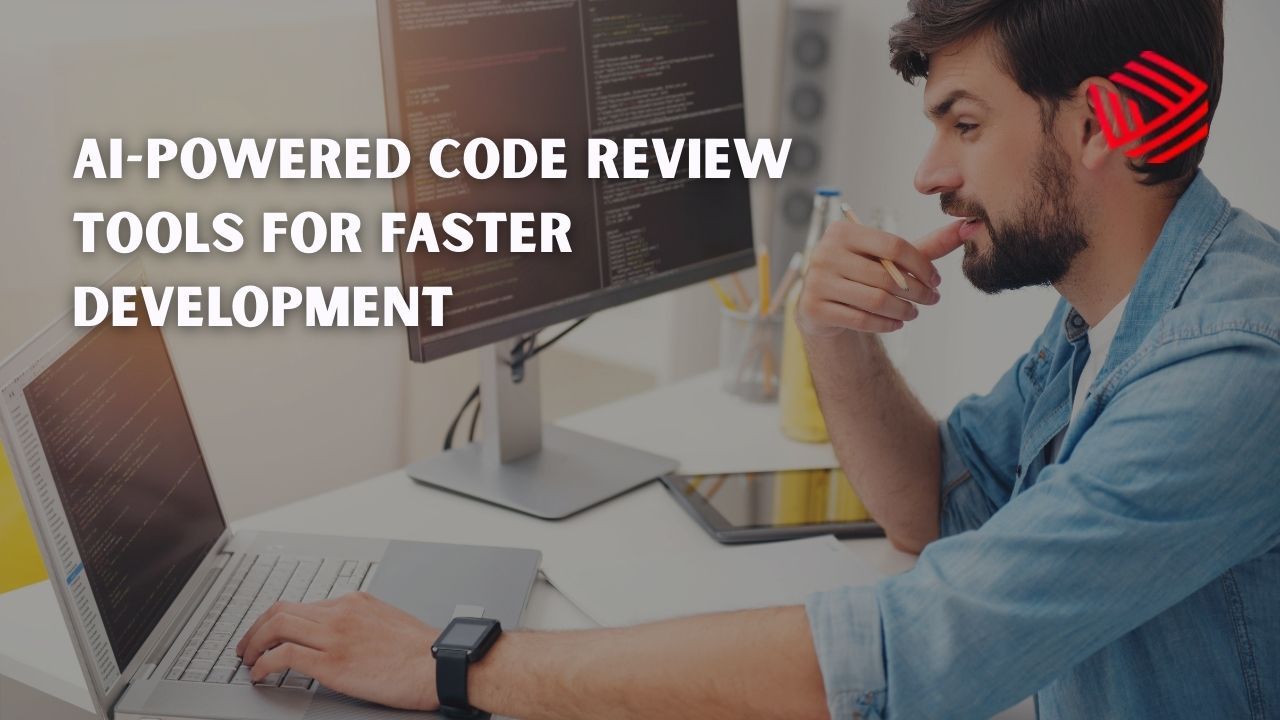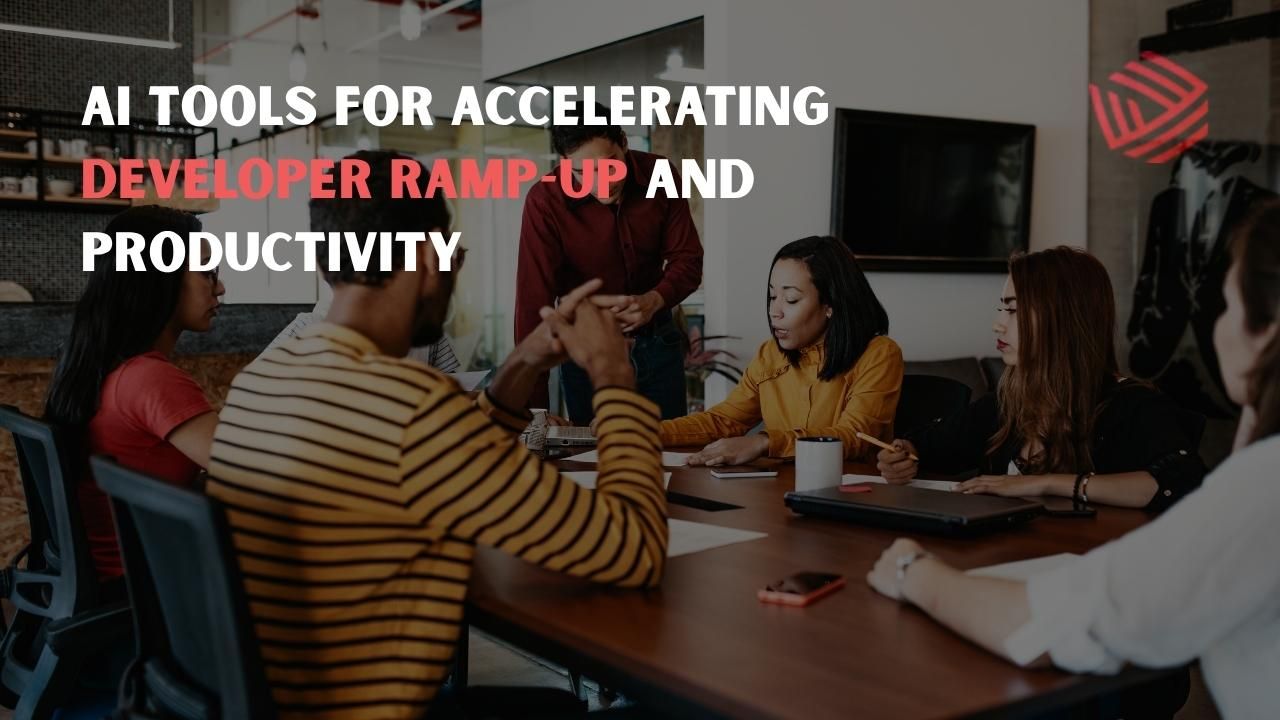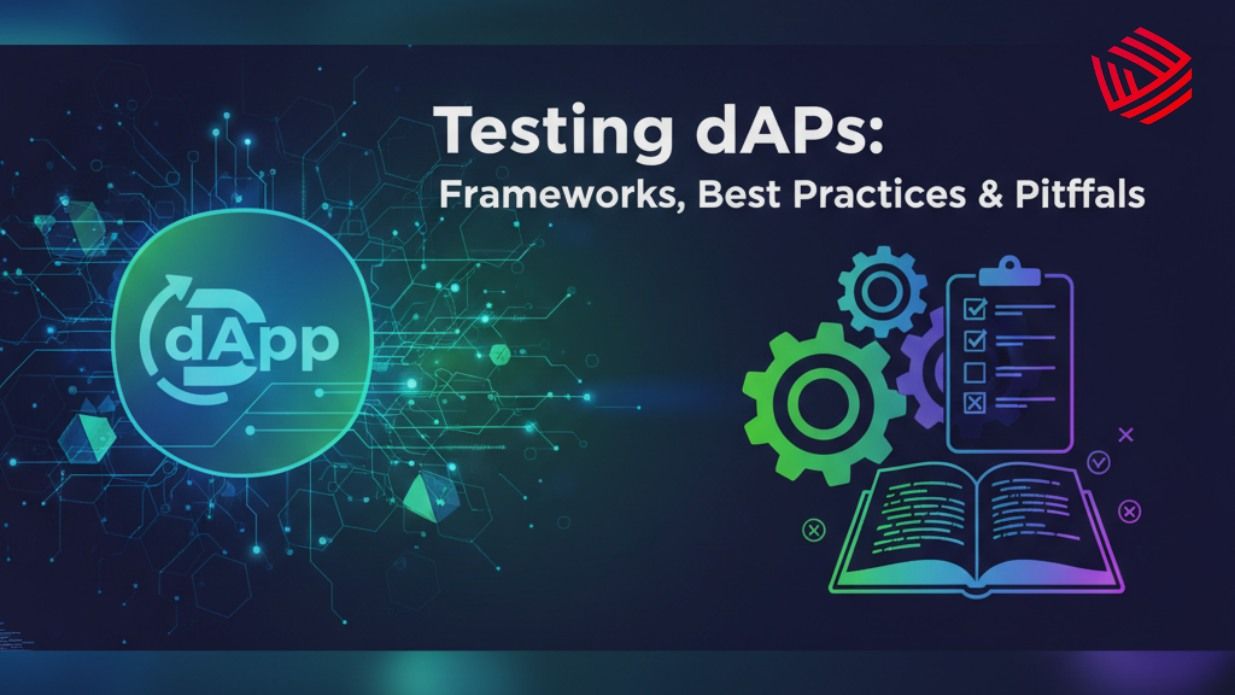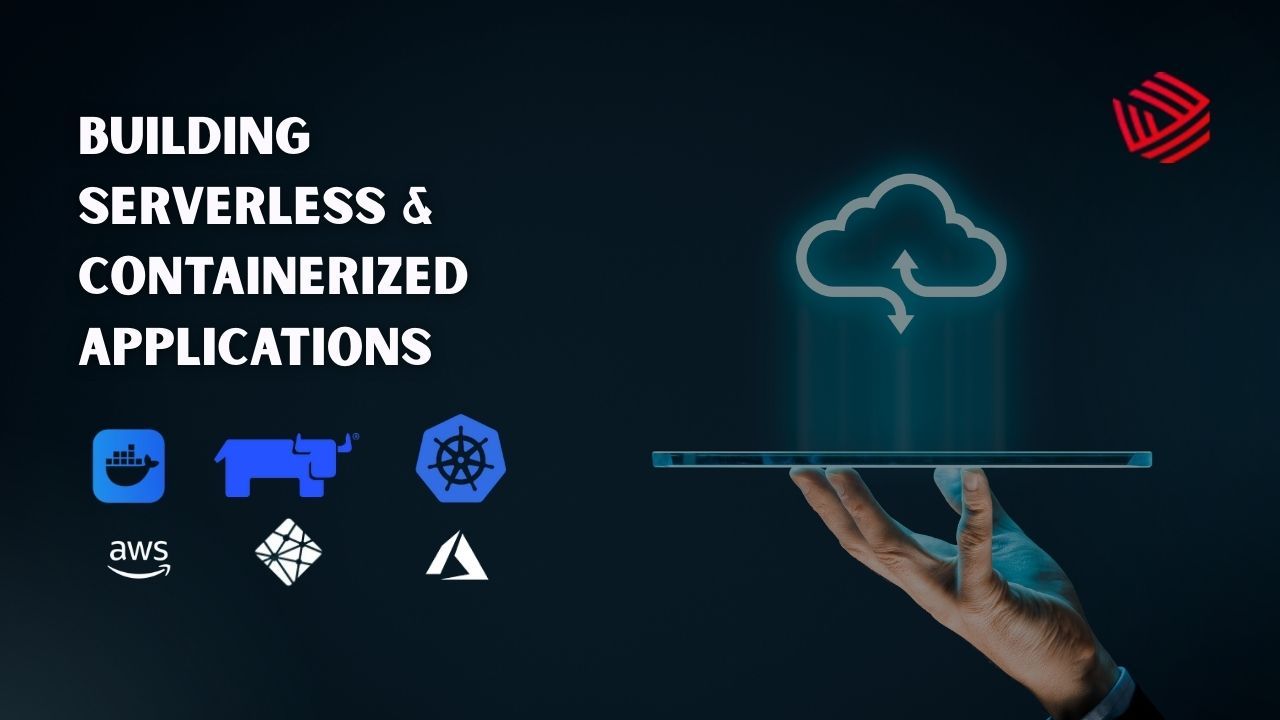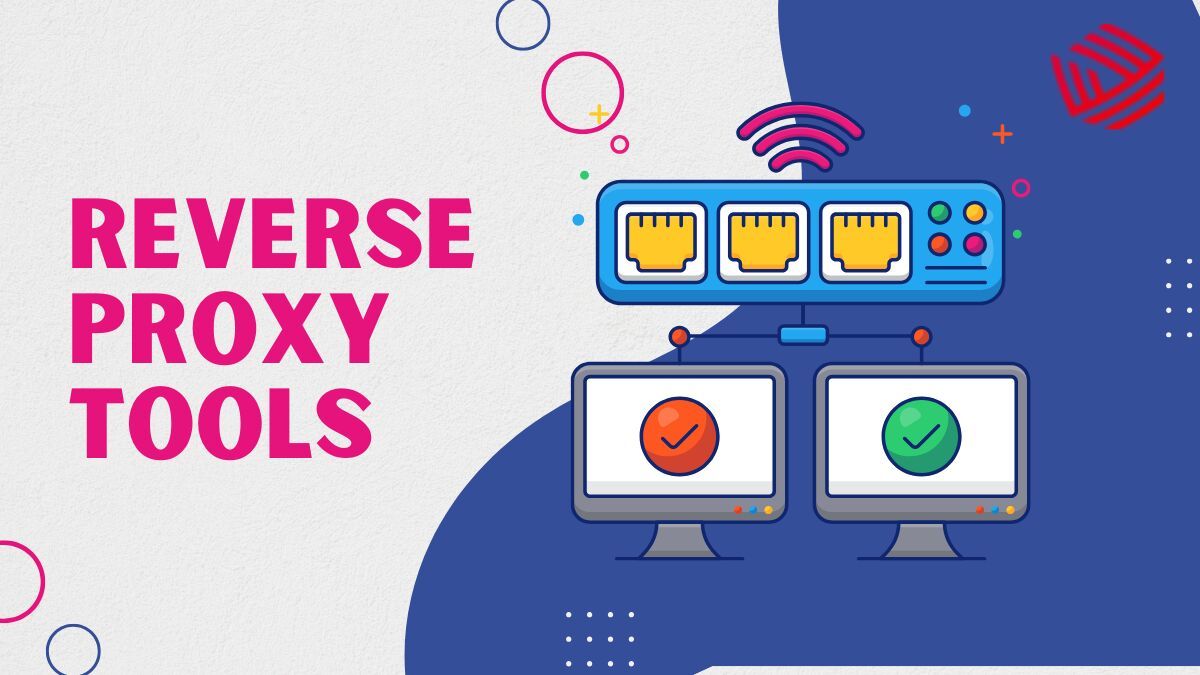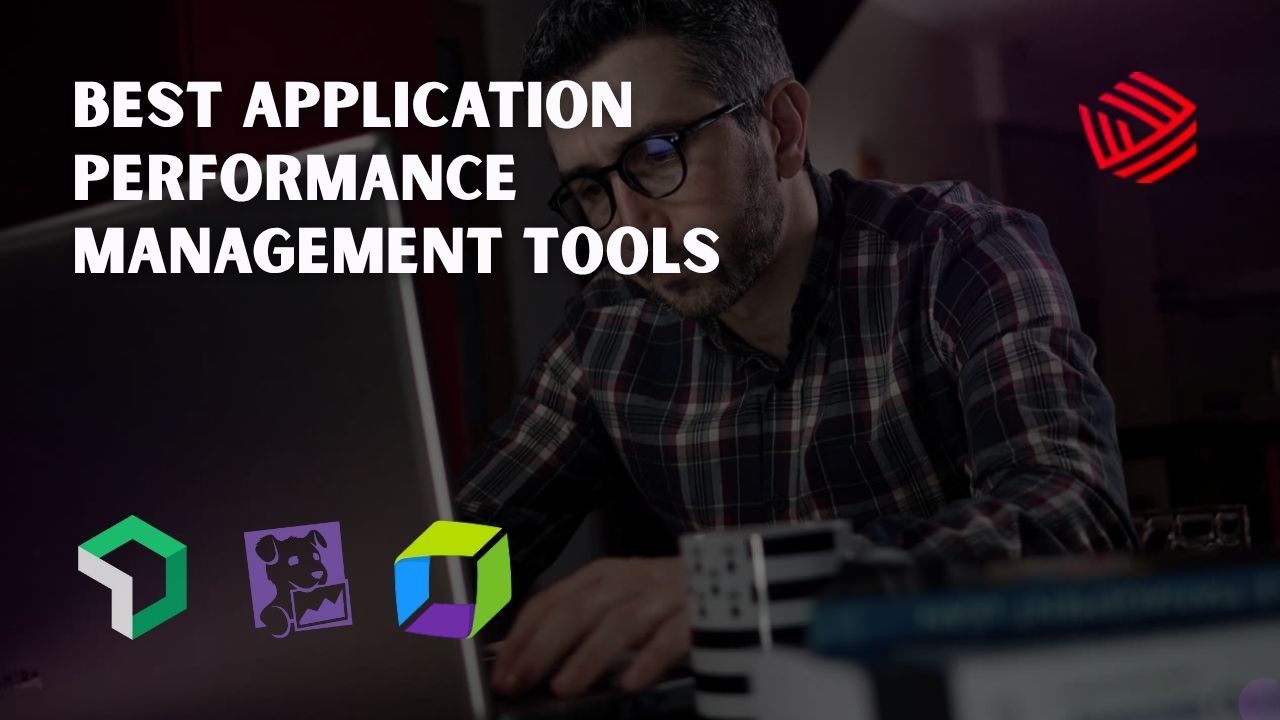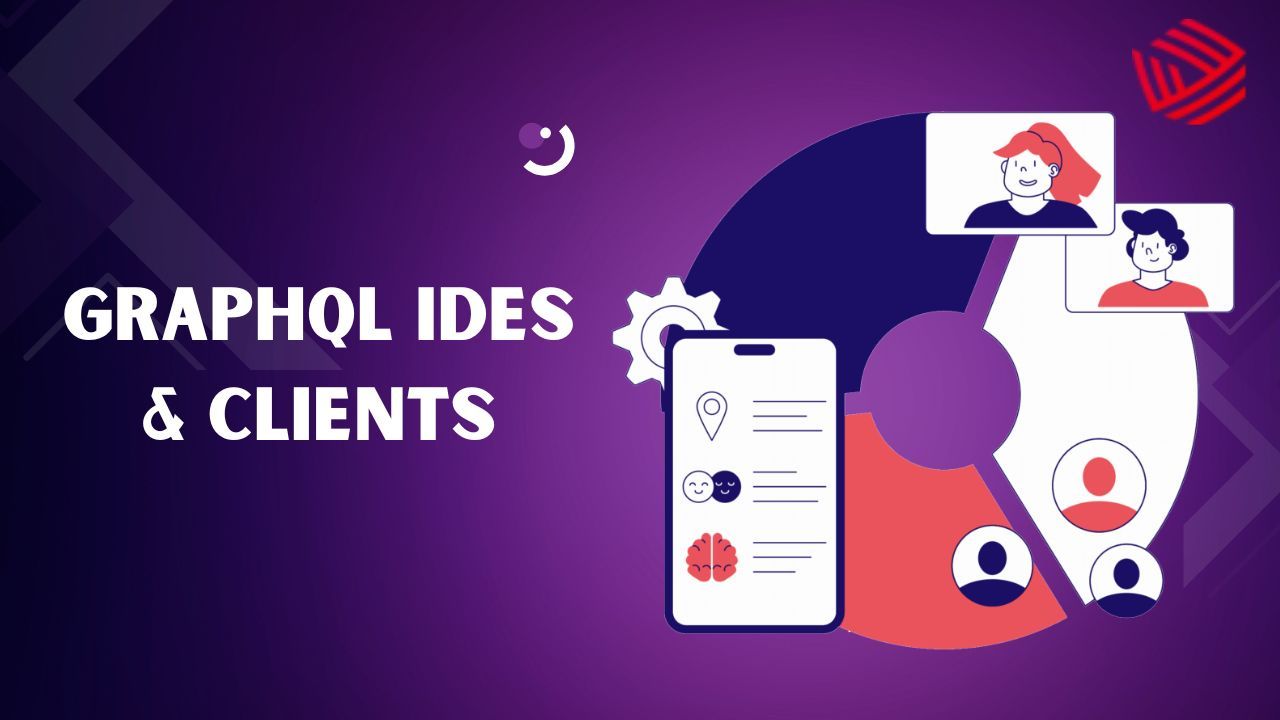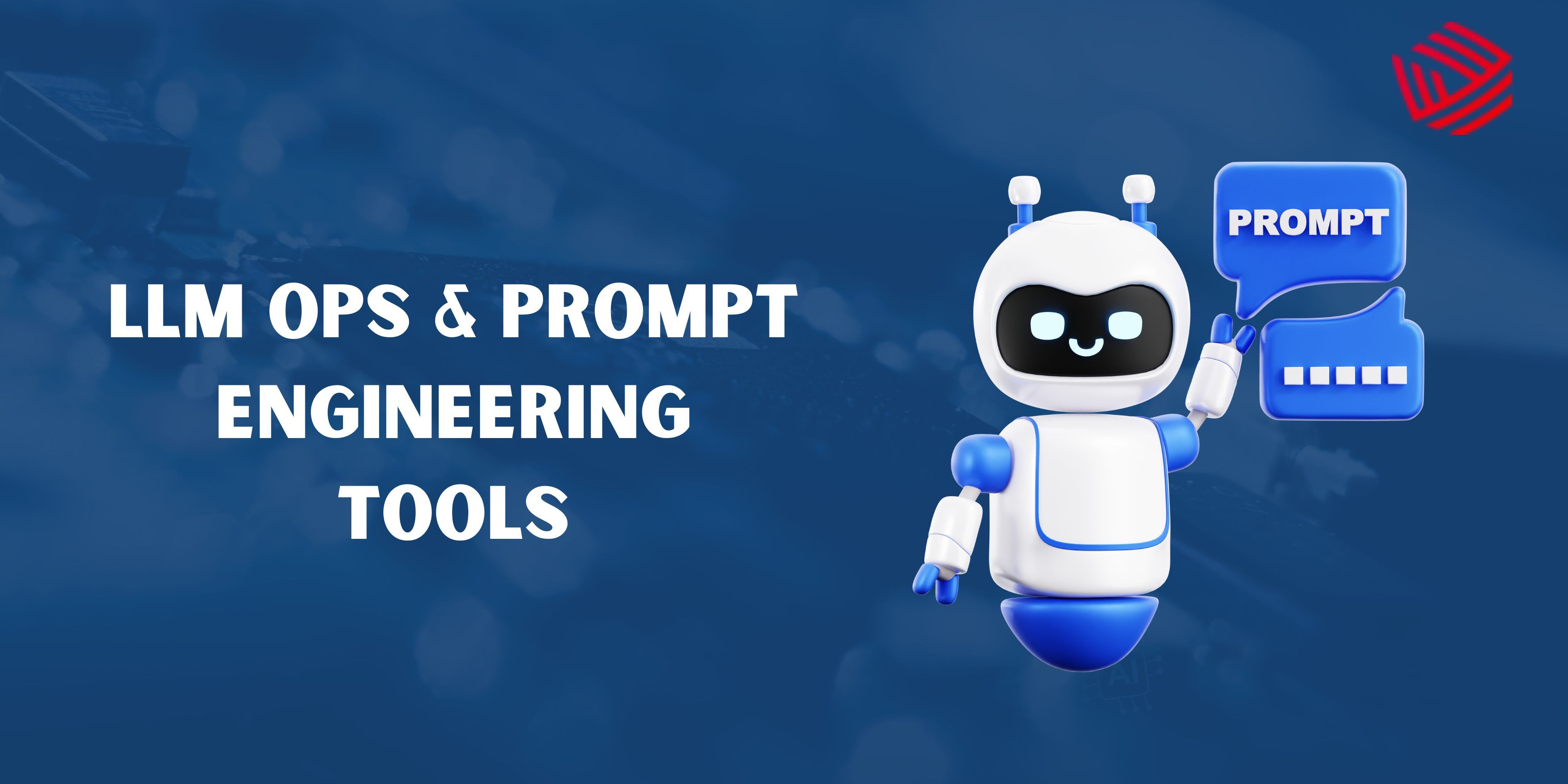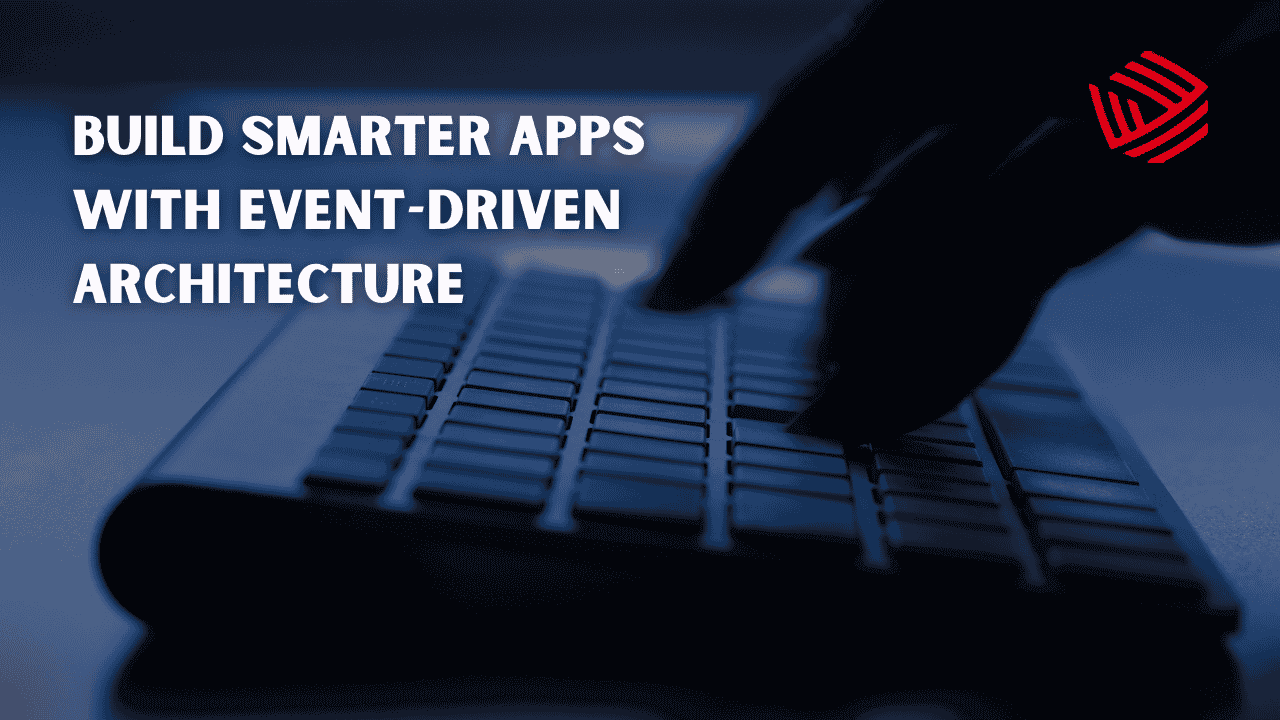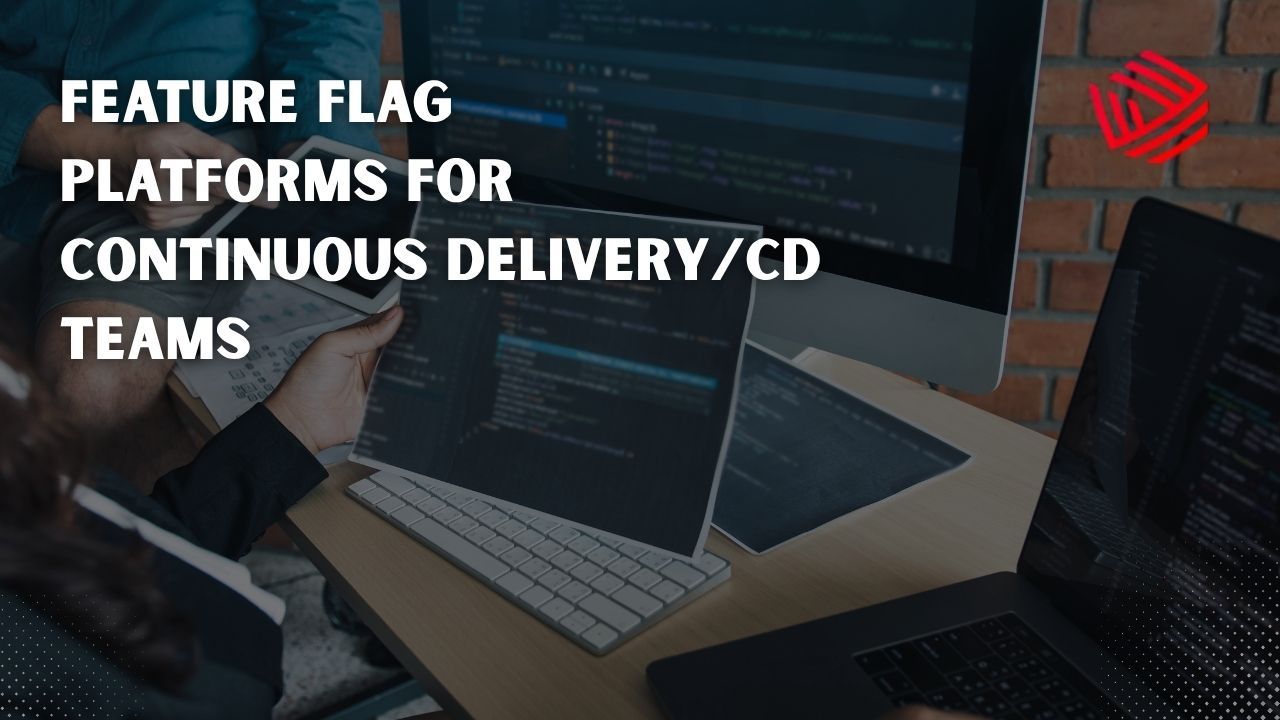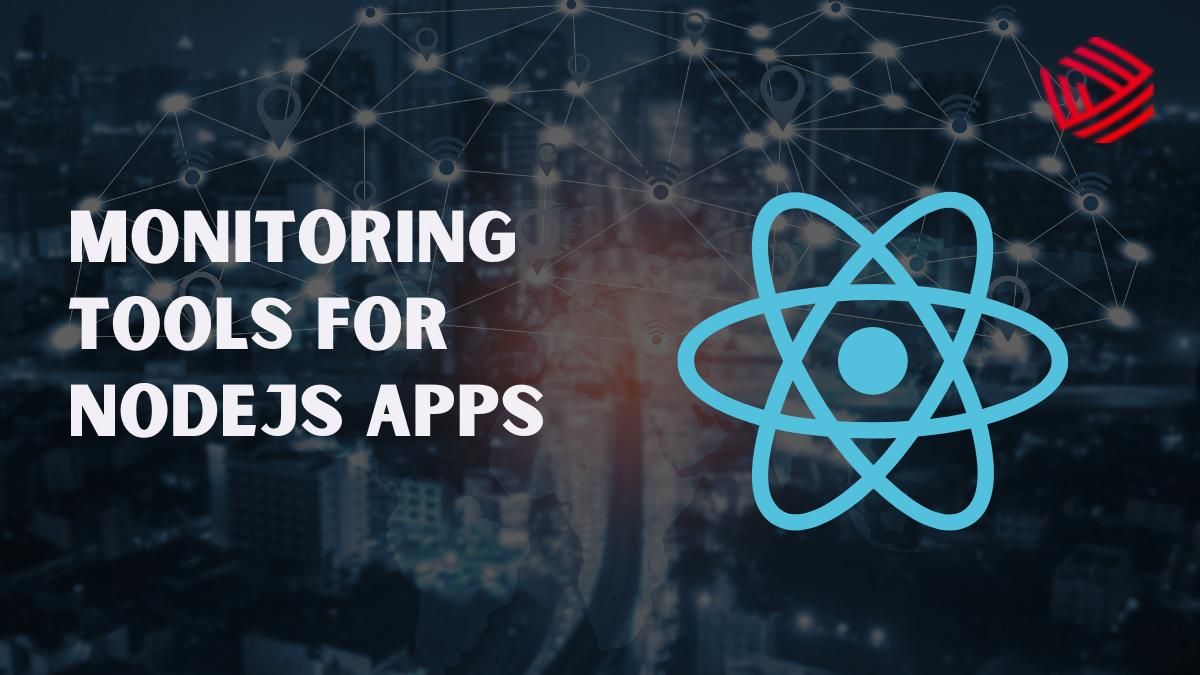In today’s data-driven world, businesses often evolve by adopting new technologies or platforms. A significant part of that transition involves database migration — the process of transferring data between different types of databases, formats, or servers. This could be due to system upgrades, cloud migration, or simply switching to a more robust database management system (DBMS).
To streamline this complex process, database migration tools are essential. These tools ensure data integrity, minimize downtime, and support real-time or batch-based migrations. Whether you're shifting from on-premise to cloud or migrating from MySQL to PostgreSQL, having the right tool can make a huge difference.
What is a Database Migration Tool?
A database migration tool is software that automates the process of moving data from one database to another. It helps manage schema conversions, data transformation, validation, and ensures consistency across the migrated databases.
Key Features of a Good Database Migration Tool:
- Schema mapping and conversion
- Data validation & consistency checks
- Minimal downtime during migration
- Support for multiple DBMS (e.g., MySQL, PostgreSQL, Oracle, SQL Server)
- Rollback options for recovery
- Integration with cloud providers like AWS, Azure, GCP
Top Database Migration Tools
1. AWS Database Migration Service (AWS DMS)
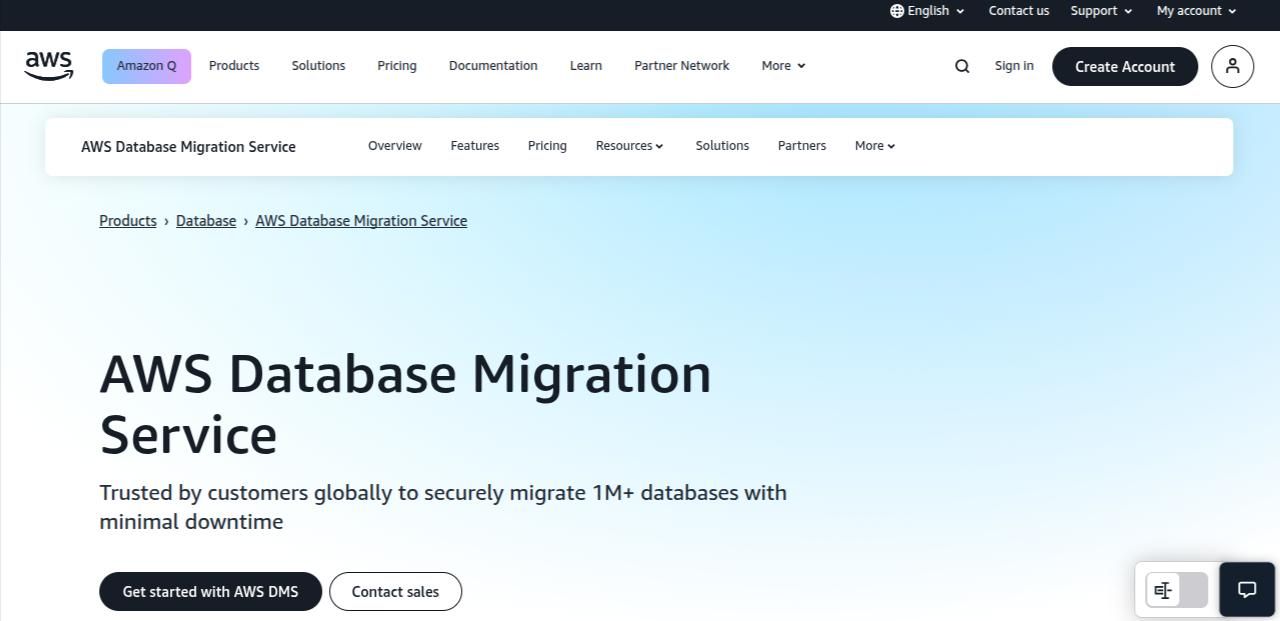
AWS DMS is a fully managed service that helps you migrate databases to AWS quickly and securely. It supports homogeneous migrations (e.g., Oracle to Oracle) and heterogeneous migrations (e.g., SQL Server to MySQL). It provides continuous data replication with minimal downtime and built-in monitoring. It’s best suited for enterprises moving to AWS cloud environments. Scaling of the software solutions is always possible through proper strategy and experienced software engineers. Rapid mobile development with code reusability is always possible with the hybrid app development frameworks like the flutter development.
Best for: Migrating to Amazon Web Services (AWS)
2. Azure Database Migration Service
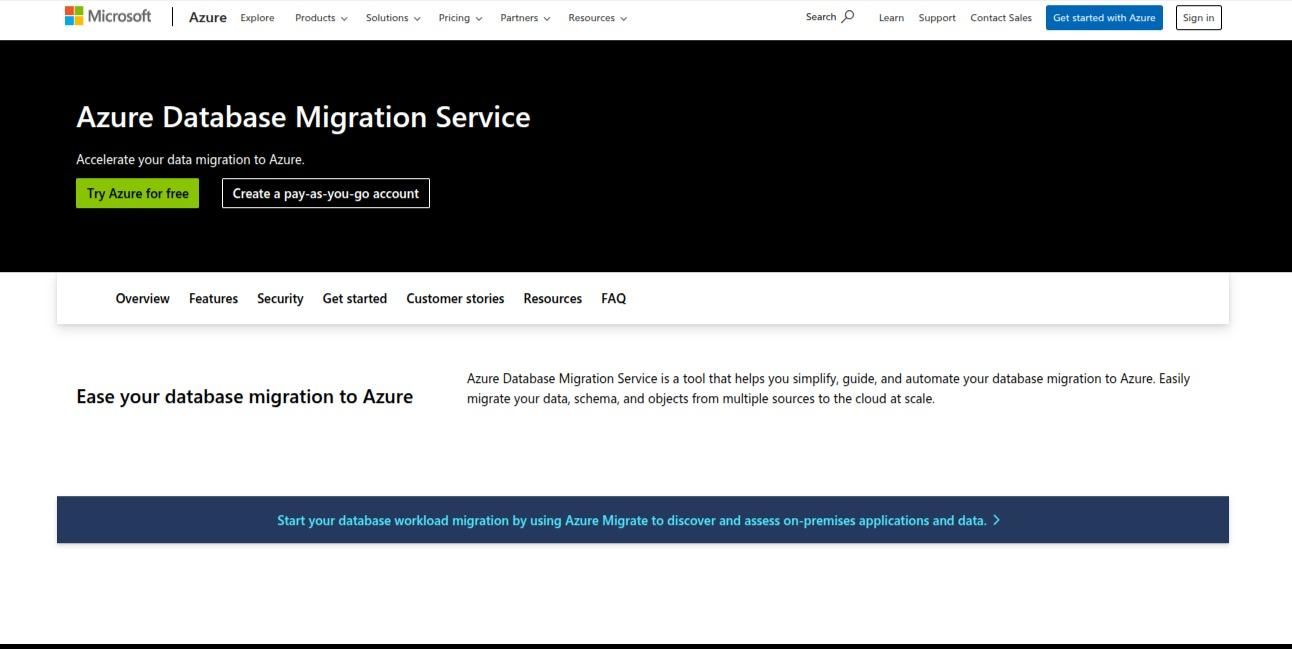
This tool by Microsoft simplifies the migration of databases to the Azure cloud. It supports multiple database engines like SQL Server, MySQL, PostgreSQL, and MongoDB. The service offers seamless integration with other Azure services, making it perfect for organizations looking to adopt a full Azure ecosystem. For backend-heavy applications, there are lot of tech stacks which are useful but the python development services always ensures scalability, speed and reliability.
Best for: Microsoft SQL Server to Azure SQL migrations
3. Google Cloud Database Migration Service
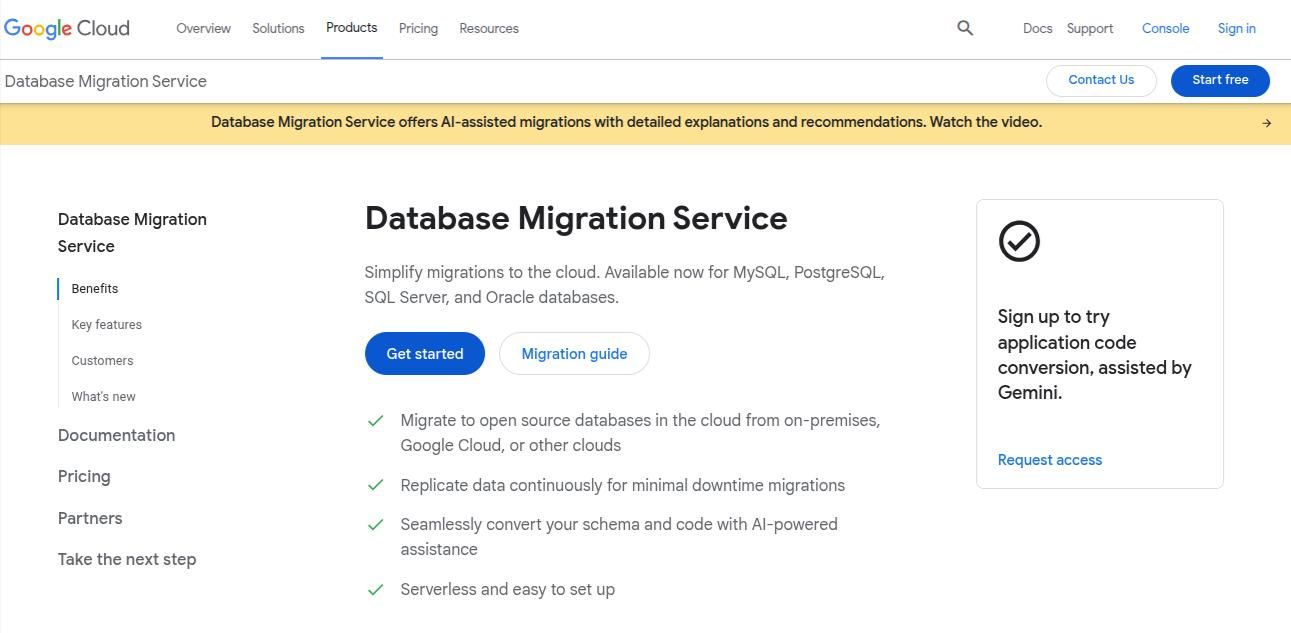
Google’s migration tool offers serverless, secure, and easy-to-use capabilities to migrate MySQL, PostgreSQL, and SQL Server databases to Cloud SQL. With built-in monitoring and rollback support, it's ideal for businesses already using Google Cloud or planning to transition there. Combining the performance with security is always crucial and where the java development services creates robust and secure applications tailored for the enterprise grade solutions.
Best for: Moving workloads to Google Cloud
4. Oracle GoldenGate
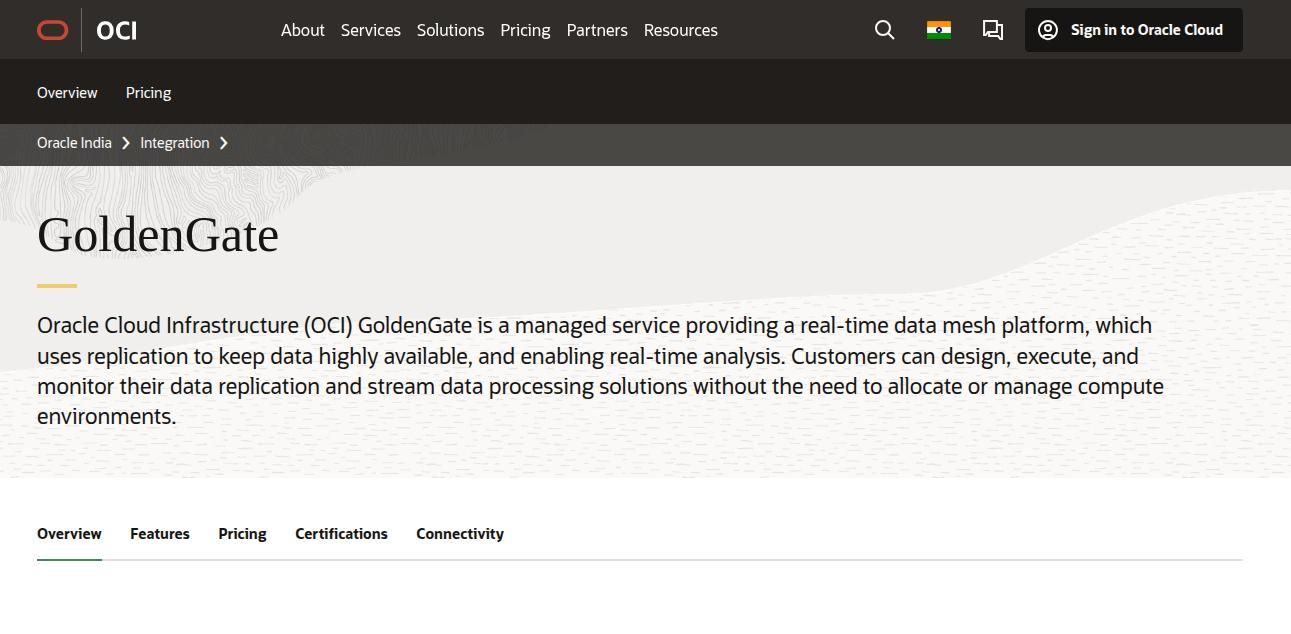
Oracle GoldenGate is a high-performance software for real-time data replication and migration. It allows data movement with minimal latency across heterogeneous databases, making it suitable for large-scale enterprise environments. It also supports high availability and disaster recovery scenarios. Seamless cross-platform app creation is always a priority in the startups and mid-level tech companies and requires mobile apps for the brand presence, React Native creates cross-platform application with native like feel with ease.
Best for: Real-time data replication across Oracle and non-Oracle databases
5. IBM InfoSphere DataStage
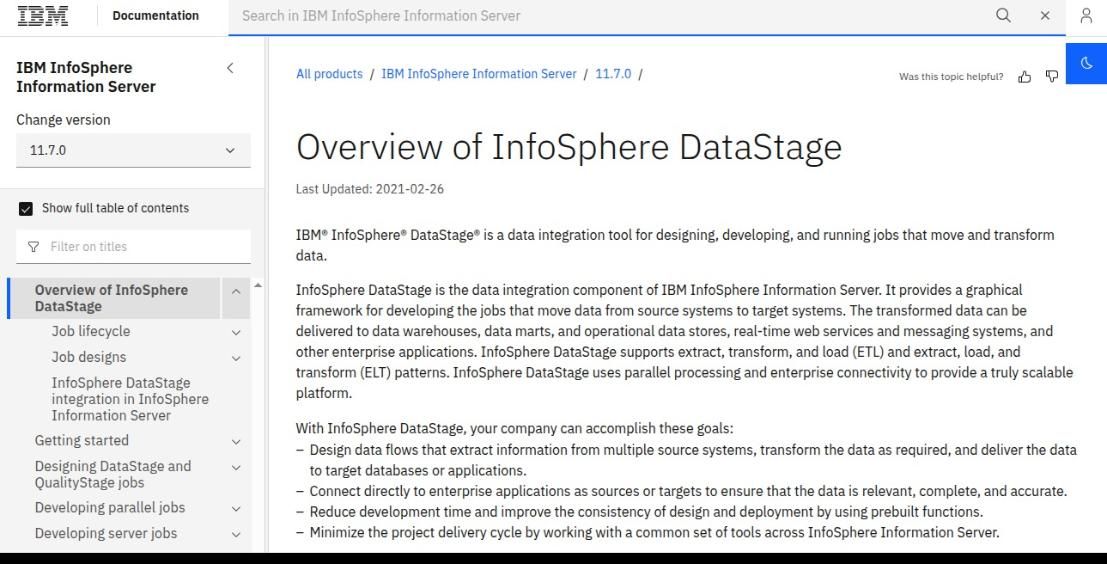
IBM DataStage is an ETL platform used to design, develop, and run migration and integration tasks. It supports parallel processing, metadata management, and both structured and unstructured data. It is particularly effective in complex migrations involving massive volumes of data.
Best for: Complex ETL and enterprise-level database migrations
6. DBConvert Studio
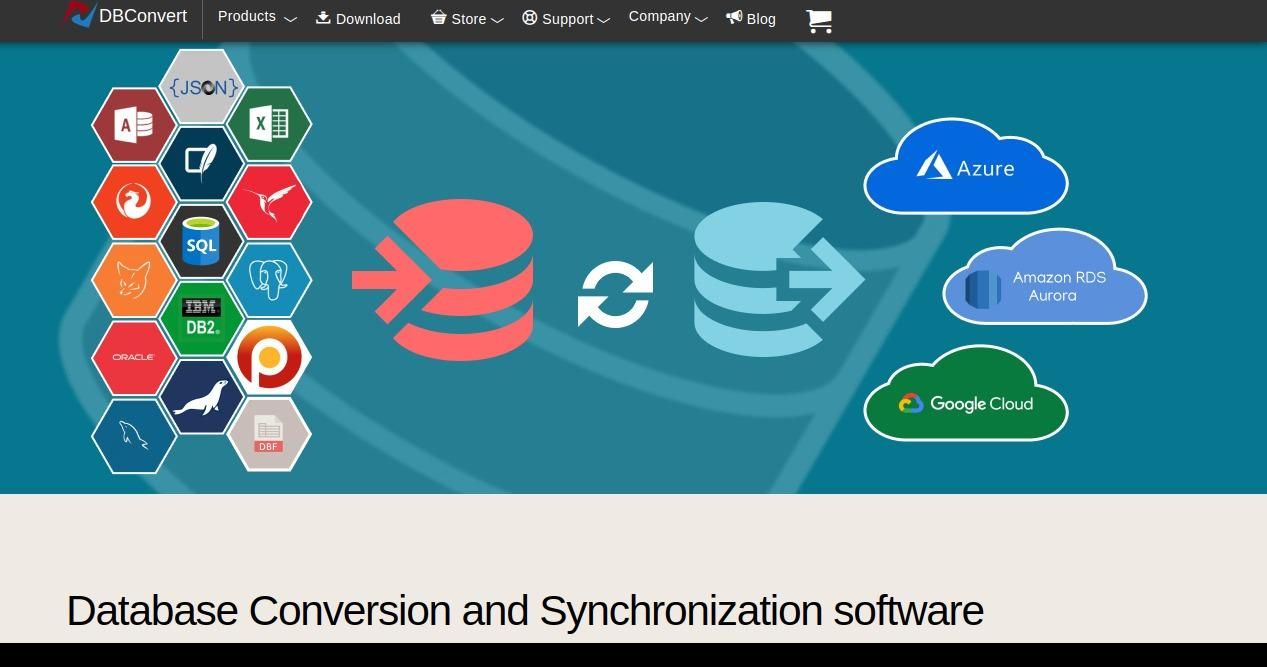
DBConvert Studio is a flexible and powerful database migration tool for Windows that supports over a dozen DBMS like MySQL, PostgreSQL, SQL Server, Oracle, and SQLite. It provides both one-way and two-way synchronizations and features a GUI for ease of use.
Best for: Windows users with mixed DBMS environments
7. Flyway

Flyway is a lightweight, open-source database migration tool that supports version control using plain SQL scripts or Java. It integrates seamlessly with CI/CD pipelines and works with all major relational databases. It’s ideal for developers managing continuous schema updates.
Best for: Developers who need version control for migrations
8. Liquibase
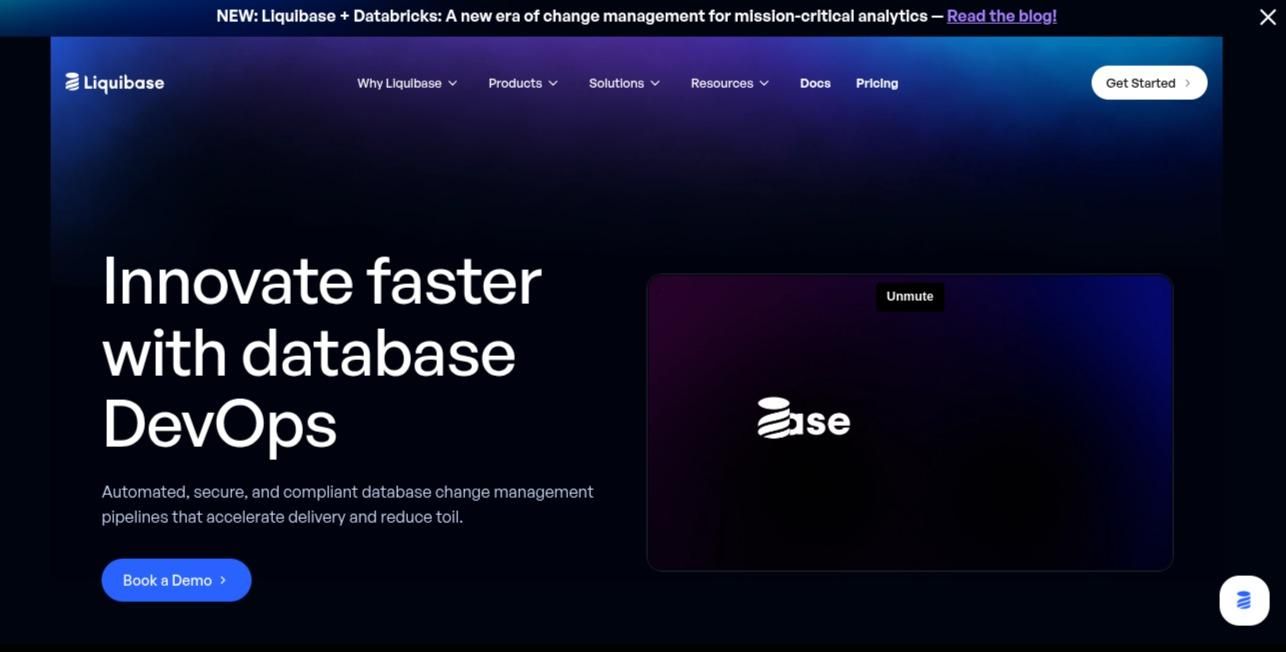
Liquibase is an open-source database schema change management tool. It supports XML, YAML, JSON, and SQL formats for defining migrations. With its rollback capabilities, it’s great for teams practicing agile and DevOps methodologies.
Best for: Schema versioning and rollback in DevOps
9. Hevo Data
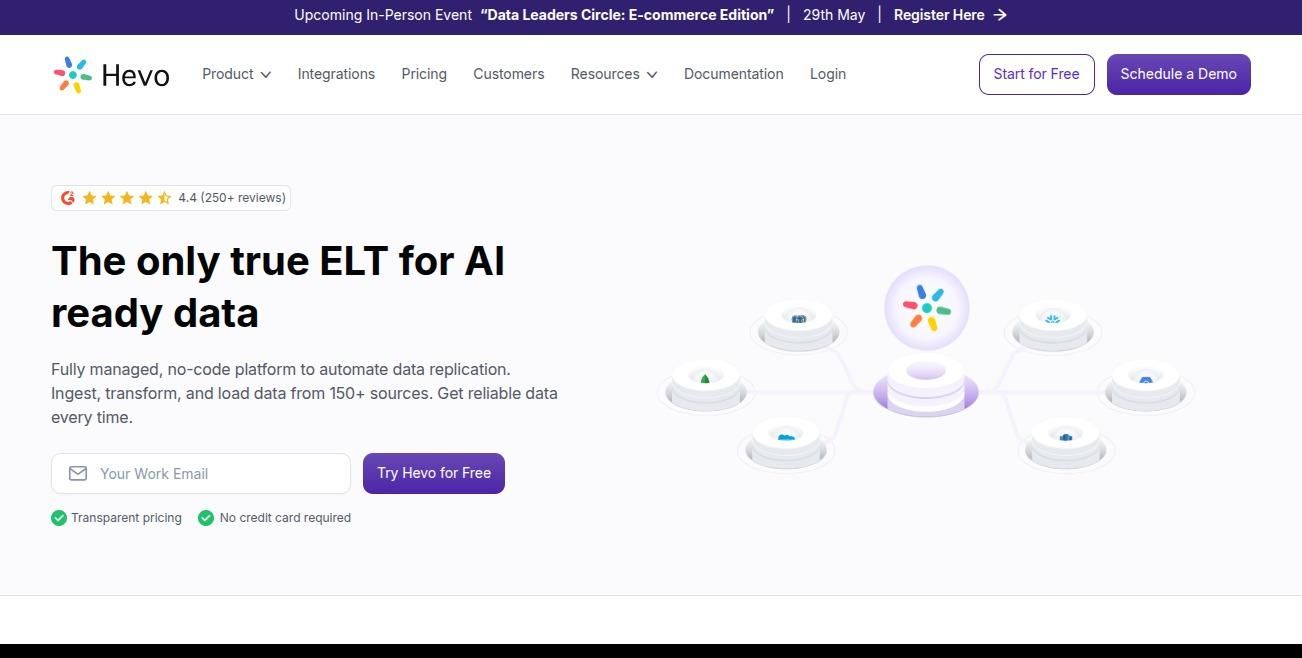
Hevo is a no-code data pipeline platform that supports real-time database migration to cloud data warehouses like Snowflake, BigQuery, and Redshift. It’s highly recommended for analytics teams needing live replication and transformation without complex coding.
Best for: No-code data pipeline and migration for analytics
10. Talend Data Integration

Talend offers both open-source and enterprise-grade solutions for data integration and migration. It supports multiple connectors and has a visual interface for building complex migration workflows. It’s excellent for teams needing to clean and transform data during the migration process.
Best for: Data migration with transformation needs
11. Apache NiFi
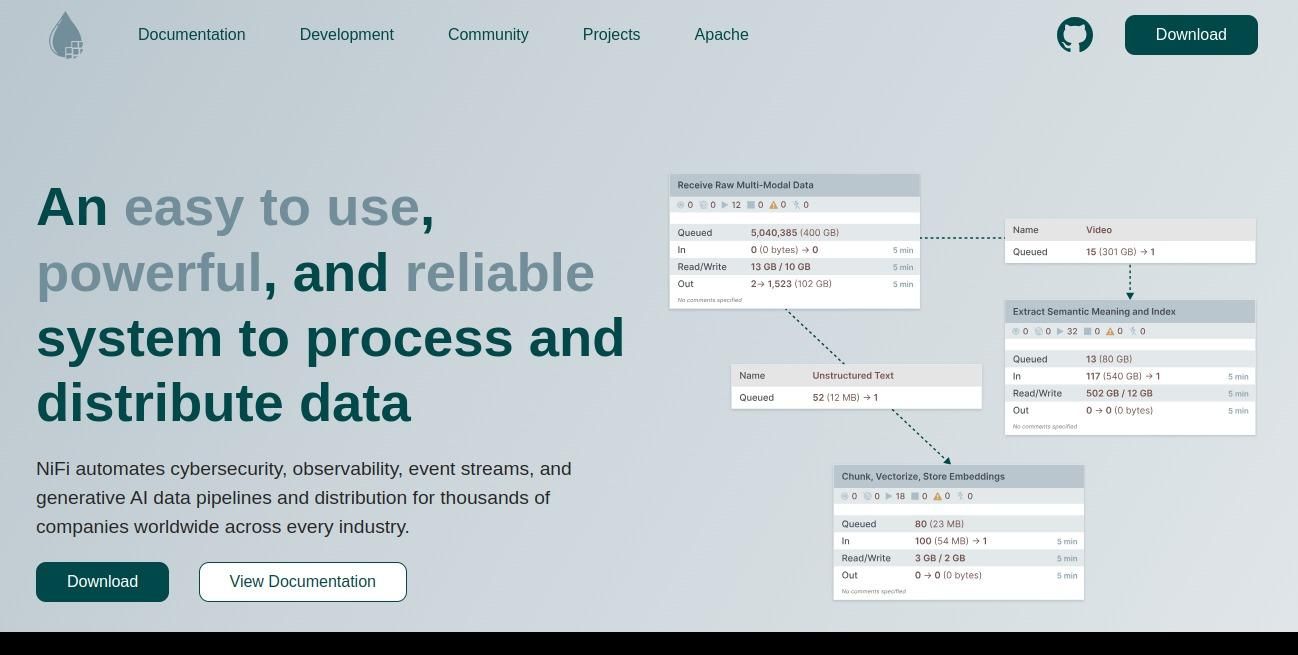
Apache NiFi is a powerful open-source platform that supports real-time data flow automation. With its drag-and-drop interface, users can design and manage complex migration and transformation processes. It’s widely used for IoT, big data, and event-driven architectures.
Best for: Real-time data flow and custom routing
12. Stitch Data

Stitch is a cloud-first ETL and database migration tool designed to pull data from over 100 SaaS applications into popular data warehouses like Snowflake and Redshift. It’s excellent for startups and analytics teams looking for an easy-to-deploy solution.
Best for: SaaS to data warehouse migrations
13. Ispirer MnMTK
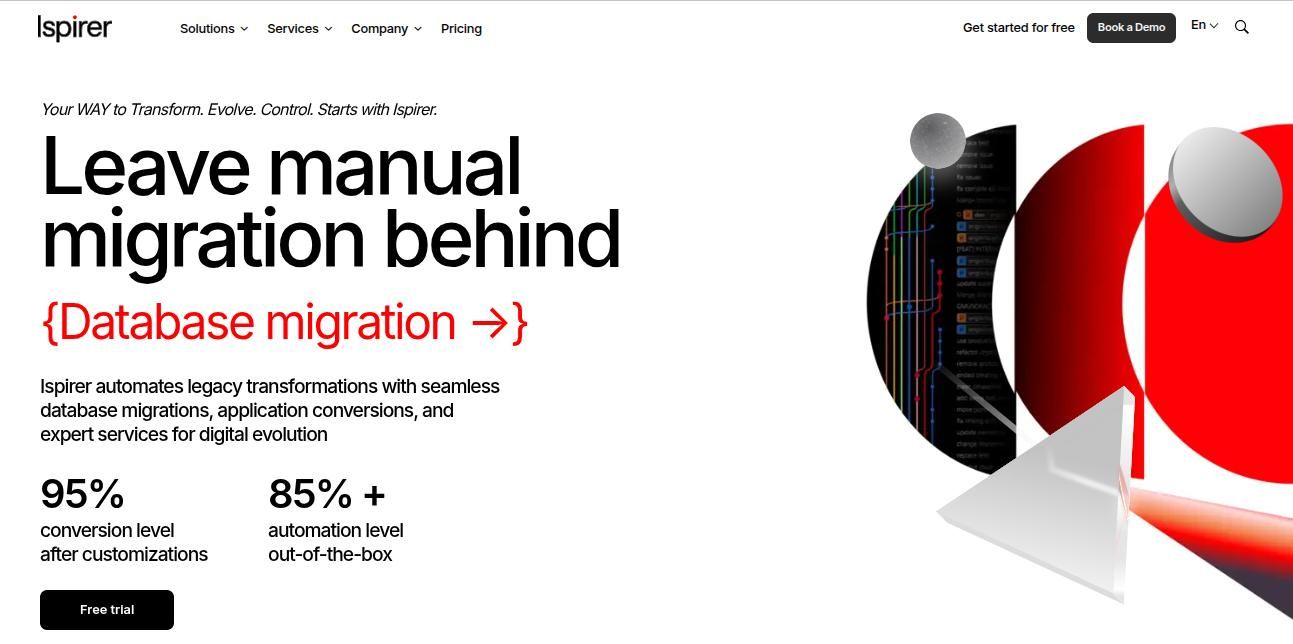
Ispirer MnMTK is a comprehensive toolkit for database migration, especially for converting not just the schema and data but also embedded SQL code and business logic. It supports legacy database migration from Informix, Sybase, DB2, and more to modern DBMS like PostgreSQL.
Best for: Automated code and database conversions
14. DataGrip by JetBrains
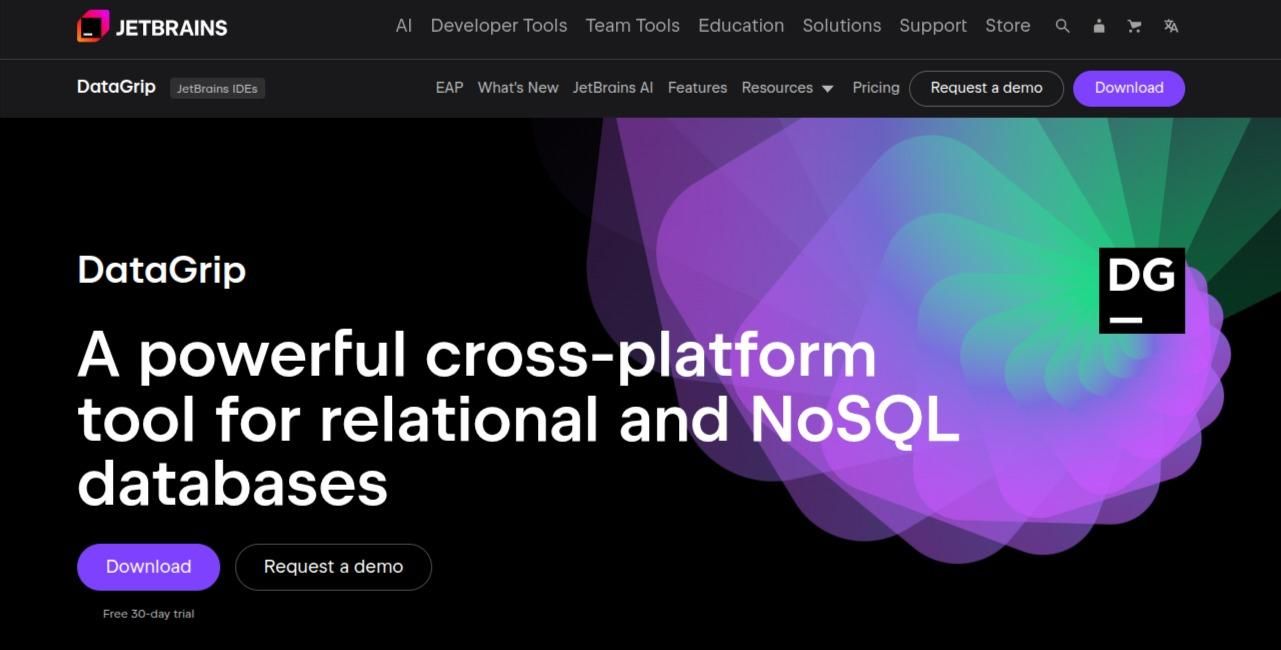
DataGrip is a database IDE from JetBrains that offers strong support for database introspection, data export/import, and schema comparison. While it’s not a dedicated migration tool, its smart SQL support and integration features make it valuable for developers performing manual migrations.
Best for: Developers managing cross-database migrations
15. Quest SharePlex
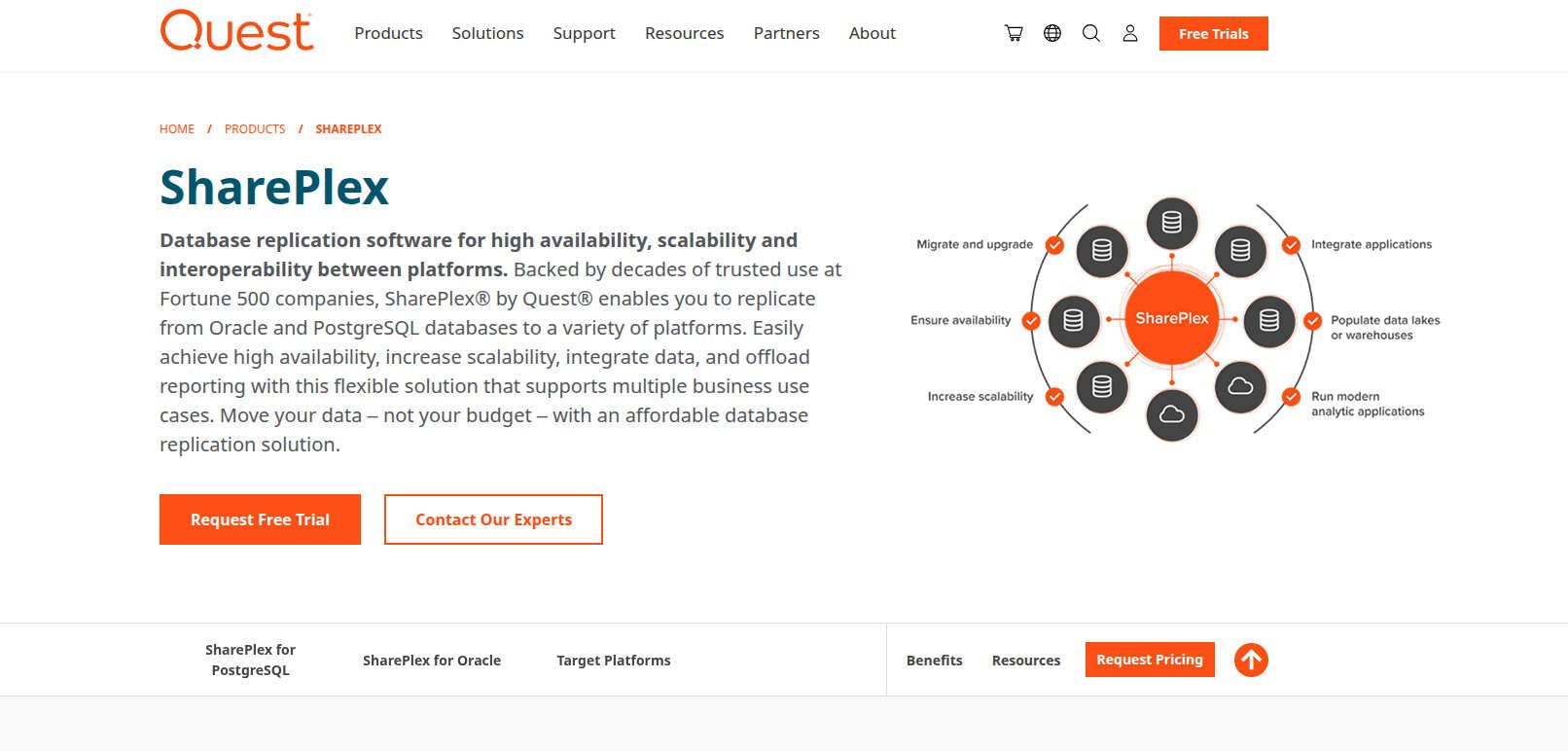
SharePlex is a powerful database replication and migration tool from Quest. It specializes in Oracle migrations, providing fast, near-zero-downtime replication. It supports failover, scalability, and data reconciliation—ideal for mission-critical applications.
Best for: High availability and zero-downtime Oracle migrations
16. RazorSQL
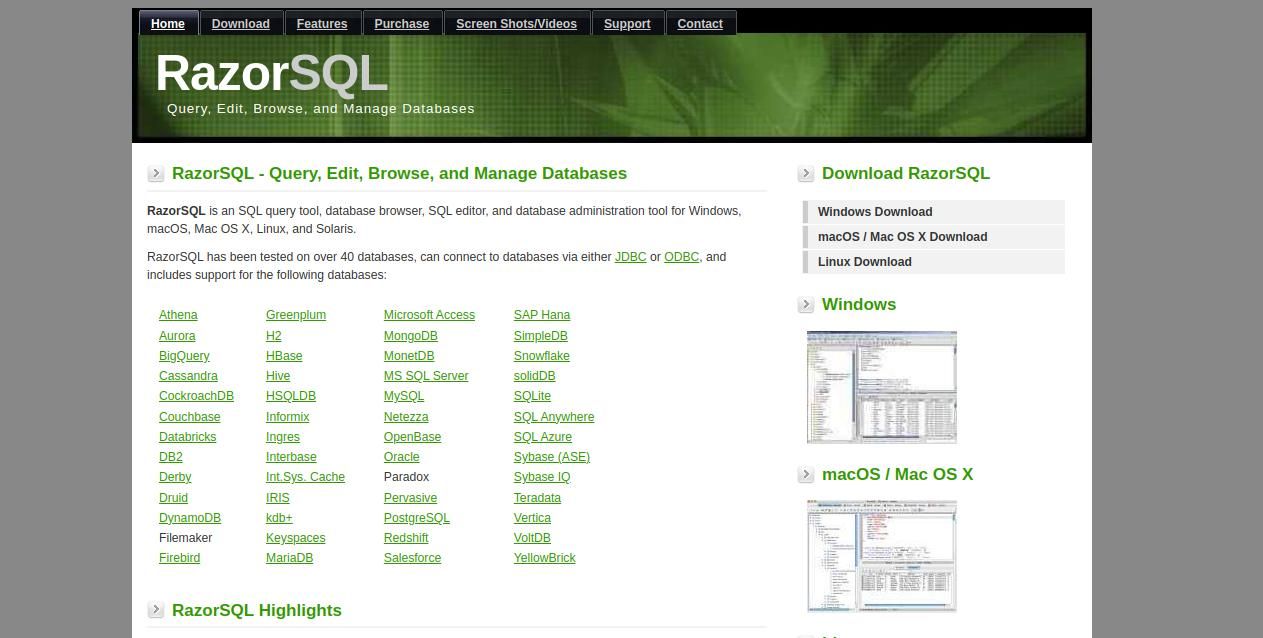
RazorSQL is a database query tool and editor that includes data export/import and SQL execution features. While not a full-featured ETL tool, it is excellent for developers who prefer SQL scripting for data migration and want to move data across diverse DBMS environments.
Best for: Lightweight migrations with scripting and export support
17. Skyvia
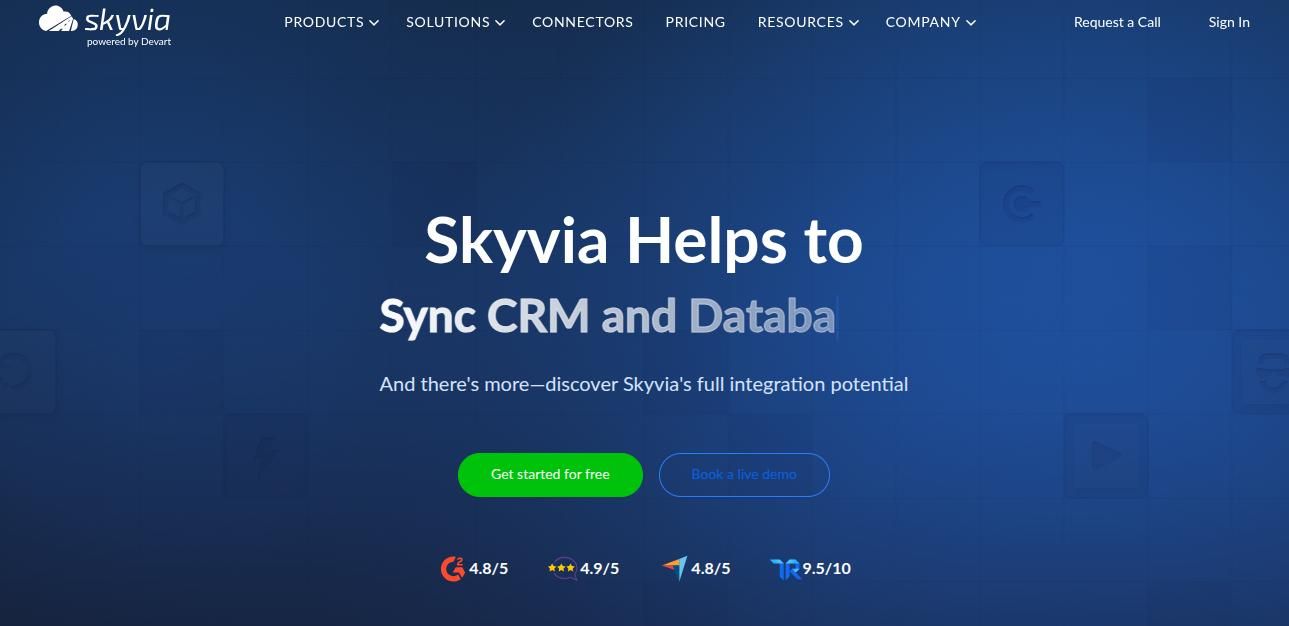
Skyvia is a cloud-based data platform that supports ETL, replication, backup, and integration. It allows migration between cloud apps (like Salesforce) and databases with a user-friendly interface. Its SaaS model is perfect for companies with limited infrastructure or IT support.
Best for: Cloud-based ETL and backup for databases
18. Navicat Premium
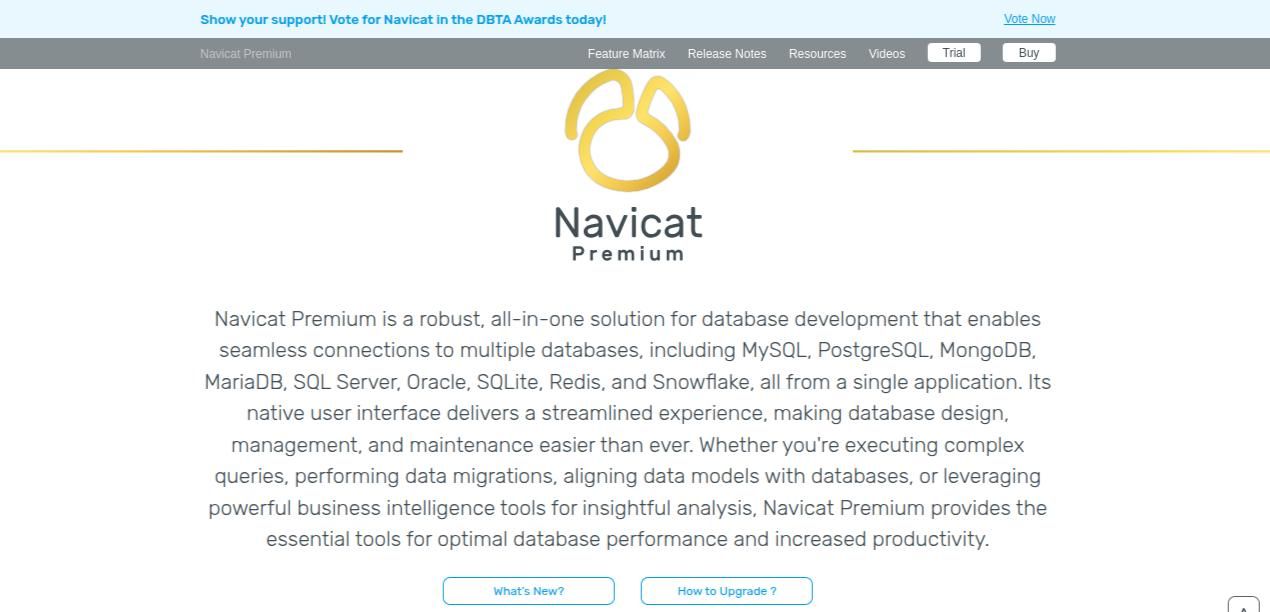
Navicat Premium allows users to manage multiple database types from a single GUI. It supports data transfer, structure synchronization, and backup between MySQL, PostgreSQL, Oracle, and more. It’s particularly useful for database administrators who prefer visual tools.
Best for: Multi-DB GUI-based migrations
19. Replicate by Fivetran
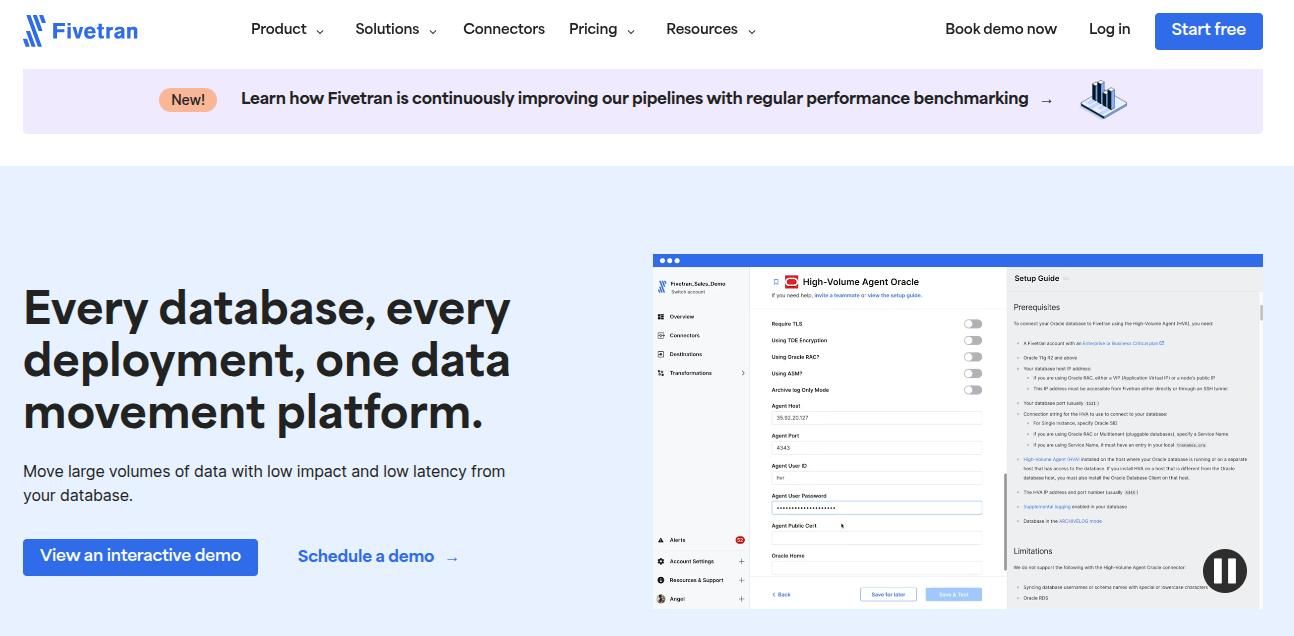
Fivetran Replicate automates the data replication process from source databases to cloud warehouses. With a focus on schema maintenance, data integrity, and real-time synchronization, it’s ideal for analytics-driven organizations with dynamic data environments.
Best for: Automated data replication for analytics
20. BryteFlow
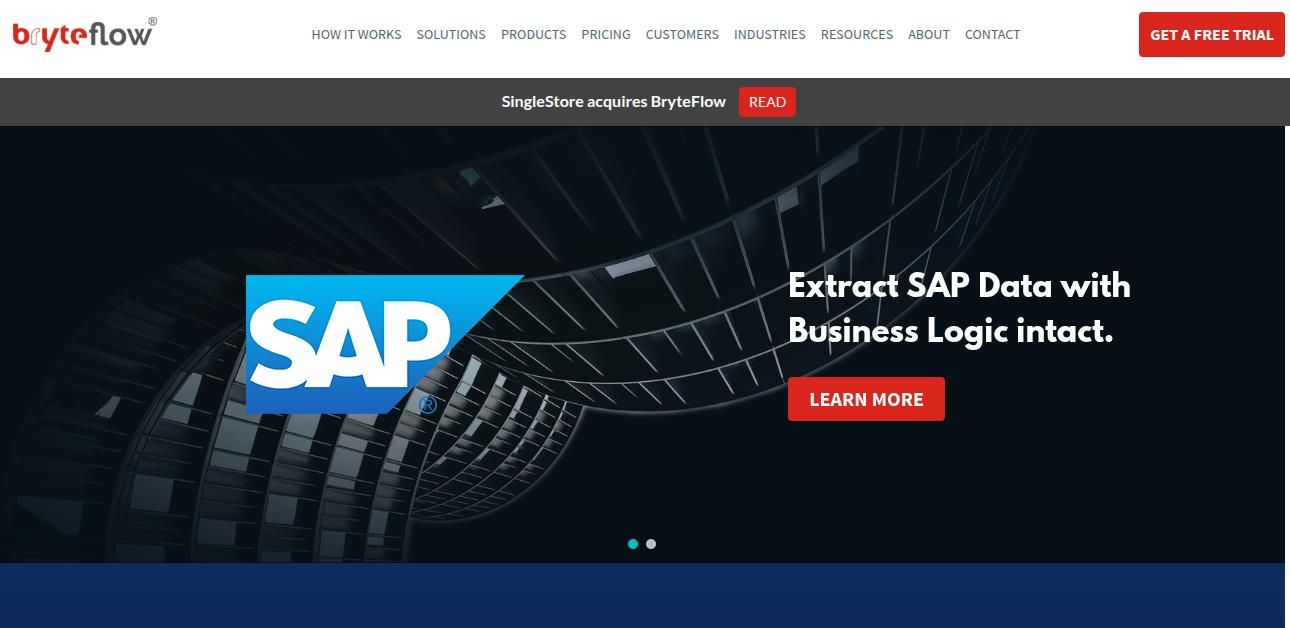
BryteFlow is a powerful data migration and replication platform designed for zero-coding environments. It supports real-time, log-based replication for databases like Oracle, SQL Server, SAP, and PostgreSQL to modern destinations such as Snowflake, Amazon S3, Redshift, and Azure. BryteFlow offers features like data masking, automated schema creation, and historical data capture. Its intuitive UI and built-in automation make it an ideal choice for businesses seeking fast deployment without deep technical expertise. A performant css framework always wins over the custom css where the product need to be delivered fast, component-first UI approach with neat and clean look is possible through tailwind css development.
Best for: Real-time data replication with no-code automation
The Future of Database Migration in a Digital-First World
As we navigate deeper into the digital age, database migration has become more than just a backend task — it's now a strategic imperative. Whether you're a startup transitioning to scalable cloud infrastructure or a global enterprise optimizing cross-platform data performance, the choice of a database migration tool can dramatically influence the success, speed, and security of that transition.
ECommerce is always the best ways to market, and scaling and conversion makes it a big success and creation of ecommerce site is easy with the customized shopify development services.
The Growing Significance of Database Migration Tools
Every business today, regardless of size or industry, is a data business. The exponential growth of digital data — structured and unstructured — has led to:
- Increased demand for real-time processing
- A shift from on-premise to cloud-based databases
- Diversification of DBMS (MySQL, PostgreSQL, MongoDB, Snowflake, etc.)
- Rising concerns around data security, privacy, and compliance
This dynamic environment means that migration is no longer a one-time activity. Organizations now regularly migrate databases for cost-efficiency, performance, scalability, or compliance reasons.
Without the right tools, these migrations can result in:
- Data corruption or loss
- Application downtime
- Security vulnerabilities
- Increased DevOps and engineering costs
Database migration tools act as the bridge, automating complex transformations, maintaining schema integrity, and ensuring high availability.
Common Challenges in Database Migration — And How Tools Solve Them
Here are some key challenges organizations face, and how top migration tools address them:
1. Heterogeneous Database Environments
- Migrating from one DBMS to another (e.g., Oracle to PostgreSQL) involves incompatible schemas, syntax differences, and feature gaps.
- Tools like AWS DMS, DBConvert, and Talend excel here by providing automatic schema mapping and type conversion.
2. Downtime and Business Continuity
- Unplanned downtime can cost thousands of dollars per minute.
- Tools like Oracle GoldenGate and SharePlex offer real-time replication, ensuring data sync without downtime.
3. Data Integrity & Validation
- Migrating large datasets often results in partial or inconsistent transfers.
- Liquibase, Flyway, and DBmaestro provide rollback capabilities and automated checks.
4. Cloud Platform Dependencies
- Organizations moving to AWS, Azure, or GCP need cloud-native tools that align with their ecosystem.
- AWS DMS, Azure DMS, and GCP DMS provide seamless integration and security compliance.
5. Security and Compliance
- Sensitive industries (e.g., healthcare, finance) must follow strict standards like HIPAA, GDPR, or SOC 2.
- Stitch Data, Hevo, and Fivetran offer encryption at rest and in transit, audit trails, and compliance certifications.
Comparative Analysis of Migration Tool Categories
Let’s compare tools based on their deployment models and capabilities:
1. Cloud-Native Tools
- Examples: AWS DMS, Azure DMS, GCP DMS
- Strengths: Scalability, zero maintenance, integration with cloud infrastructure
- Weaknesses: Vendor lock-in, limited support for legacy DBs
2. Open-Source Tools
- Examples: Flyway, Liquibase, Convoy
- Strengths: Cost-effective, customizable, community-supported
- Weaknesses: Requires technical expertise, lacks enterprise support
3. Enterprise/Commercial Tools
- Examples: Oracle GoldenGate, IBM InfoSphere, Talend, SharePlex
- Strengths: High-performance, real-time replication, compliance-ready
- Weaknesses: Expensive, overkill for small teams
4. Hybrid ETL Tools with Migration Capabilities
- Examples: Hevo Data, Fivetran, Stitch
- Strengths: Combine data ingestion, transformation, and sync
- Weaknesses: Subscription-based pricing, limited deep schema controls
Future Trends in Database Migration
As we look ahead, here are the most notable trends shaping the future of data migration:
1. AI-Driven Migrations
AI and machine learning are being used to automate schema mapping, detect anomalies, and optimize migration strategies. Tools are becoming smarter and less reliant on human input.
2. Multi-Cloud and Hybrid Migrations
Organizations are increasingly adopting multi-cloud strategies. Tools that can handle seamless transfers across AWS, Azure, GCP, and private clouds will become essential.
3. Self-Healing and Auto-Rollback Mechanisms
Next-gen migration tools will automatically detect failures and perform self-healing or intelligent rollbacks without manual intervention.
4. Container-Native Database Migration
With Kubernetes adoption rising, tools like Cloudera DataFlow are aligning migration capabilities with container orchestration platforms for microservice-based architectures.
5. Low-Code and No-Code Platforms
Expect more tools like Hevo Data and Fivetran that allow business analysts, not just developers, to initiate data migrations through drag-and-drop interfaces.
Best Practices for Successful Database Migration
To ensure a smooth and secure database migration journey, organizations should follow these best practices:
1. Perform a Full Audit
- Understand source and target DB structure
- Evaluate data dependencies and application impact
2. Choose the Right Tool for Your Use Case
- Consider migration type (homogeneous vs heterogeneous)
- Factor in budget, team skills, and cloud strategy
3. Test in Staging Environment
- Use dummy data or cloned environments
- Validate schema mapping and transformation
4. Backup Everything
- Snapshot the source DB
- Plan for rollback in case of errors
5. Monitor Performance in Real-Time
- Use built-in dashboards from tools like Stitch, AWS DMS
- Track lag, latency, and failure points
6. Plan for Security & Compliance
- Encrypt sensitive fields
- Ensure audit logs are enabled
7. Document the Process
- Create checklists and automation scripts
- Store documentation for repeatability
Conclusion
The digital transformation of today demands flexible, scalable, and reliable data infrastructure. As databases continue to evolve — from on-premise to hybrid, from relational to NoSQL, from SQL to streaming — the need for effective database migration tools will only intensify. The user experience always improve user engagement so you can check this user design checklist for knowing about all the best practices of increasing ux of the applications.
With the growing number of solutions available, it's crucial not to just pick the most popular tool, but the one that aligns with your specific technical architecture, team skillset, and business goals.



